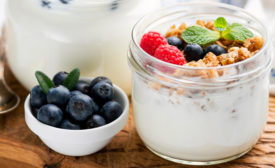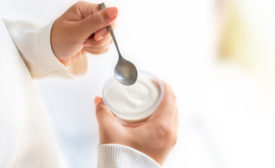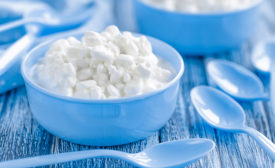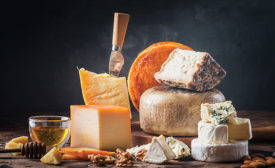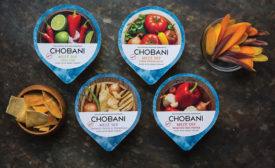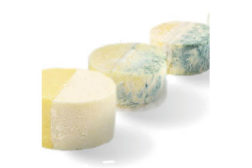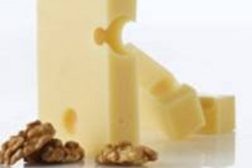Home » Keywords: » cultures
Items Tagged with 'cultures'
ARTICLES
The optimal combinations of enzymes and cultures can enhance the taste, texture and quality of dairy products.
Read More
Cultures and enzymes are the secret ingredients in dairy product development
They work behind the scenes to aid in dairy product innovation and enhancement.
June 1, 2021
Cultures and enzymes are hard workers
Not only do cultures and enzymes impart unique product characteristics, but they also offer solutions for increased shelf stability and production efficiency.
June 1, 2020
Cultures and enzymes present an innovation opportunity for dairy processors
Though not magical, cultures and enzymes can help dairy formulators transform today’s most pressing challenges into innovation opportunities.
June 21, 2019
Enzymes and cultures are dairy foods' great warriors
Enzymes help to optimize the manufacturing process and minimize cheese waste. Cultures allow dairy producers to improve yields and get more out of their milk.
June 7, 2016
The problem solvers: Cultures, Enzymes, Acidulants
Cultures, enzymes, and acidulants solve problems for dairy processors. They use these ingredients to shape dairy products into a nearly infinite variety of flavors and textures.
June 7, 2012
Stay ahead of the curve. Unlock a dose of cutting-edge insights.
Receive our premium content directly to your inbox.
SIGN-UP TODAYCopyright ©2025. All Rights Reserved BNP Media.
Design, CMS, Hosting & Web Development :: ePublishing
